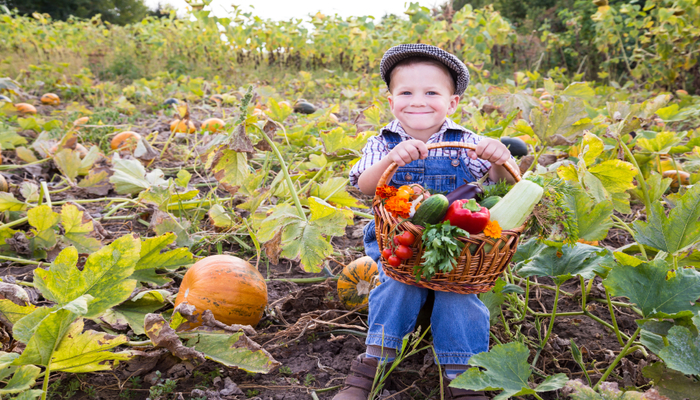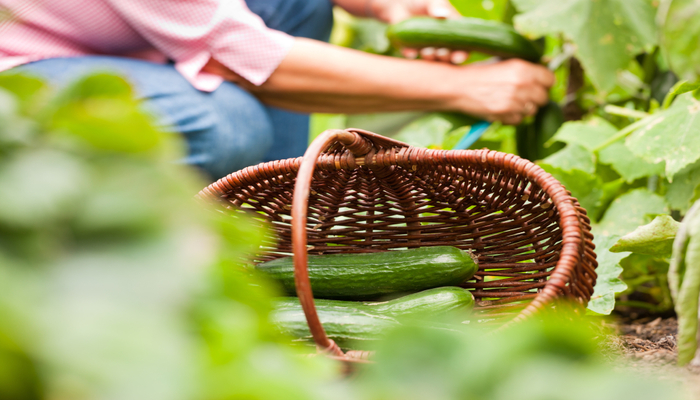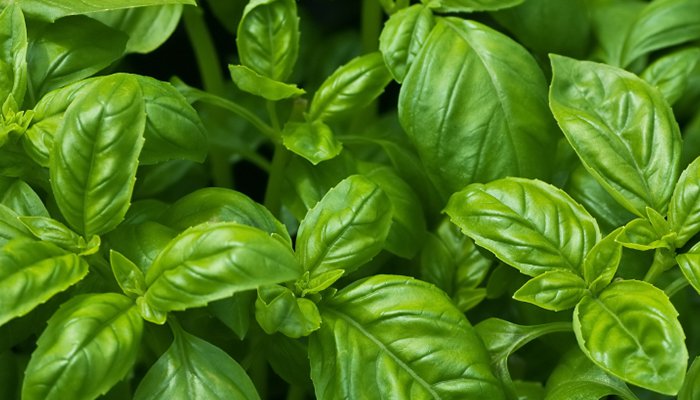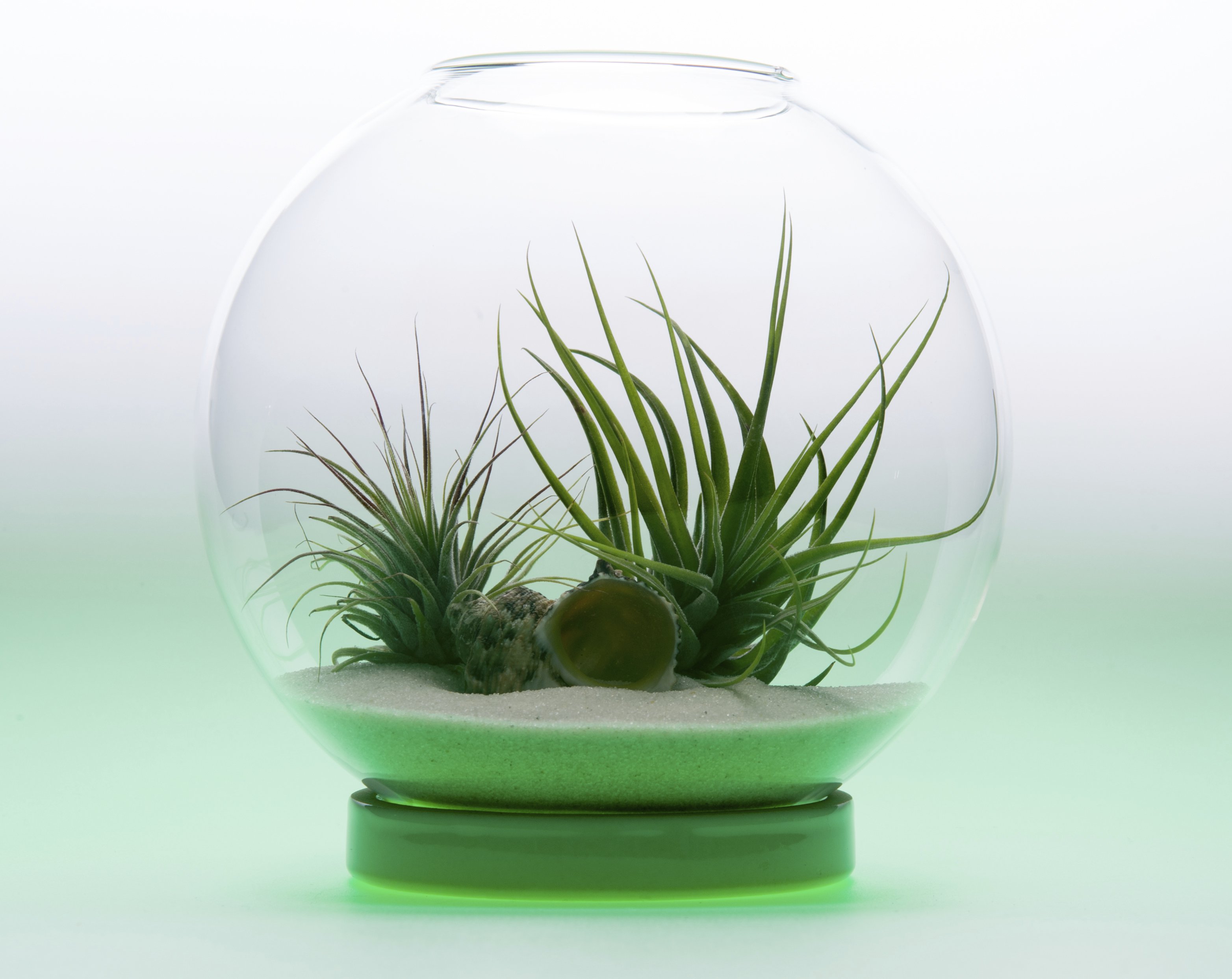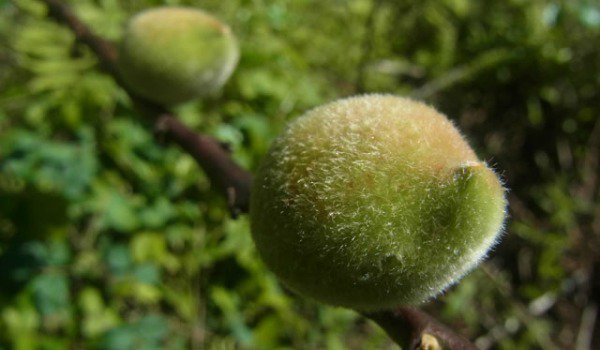
Cabbage is a great crop to plant late-season. Southern states can go ahead and plant in late August, for example. Cabbage feeds off the nutrients already in the soil but it won’t get “over fed.” Too much fertilizer is not good for cabbage and over-feeding it will result in plants that do not produce the type of tight, hardy cabbage we are all familiar with. [photo via wikimedia commons]
If growing in an area that has a warm growing season and a cool growing season, a moderate refreshing of the soil with a 10-10-10 fertilizer will promote a healthier, hardier crop than will relying on the existing nutrients alone. Till and turn before sowing for best results. The best measurement would be approximately 10 pounds of fertilizer per 100 square feet.
It is also a good idea — under these conditions — to side dress the growing cabbages with ammonium sulfate at a reasonable midpoint of the growing season as an extra measure to promote healthy growth. Be sure to keep them well-watered as ample moisture is vital to a healthy crop.
Start with a well-aerated seed bed that is nice and loose and free of stones or other obstacles that will keep the cabbage from taking adequate root. The ideal soil for cabbage is one that has been tilled and turned throughout the growing season and has retained an adequate amount of moisture throughout.
Be sure when sowing late cabbage that it is a variety that has been classified as such, like Ruby Ball and Flat Dutch. The seed packet should tell you and offer optimum sowing schedules. As a general rule, sow late cabbage seeds midsummer in the North. In any climate that experiences frost and typical winter weather including freezing temperatures and snow, sow at the end of June to the end of July. The timing will allow for germination in the warm soil and a good harvest by the time the colder weather sets in. On this schedule, cabbage will be ready for harvest mid-October to mid-November on so be mindful of the average weather patterns in your area when deciding when to sow.
As noted, moderate Southern climates allow for planting between late August and late September. That keeps cabbage growing practically all year round–and even continuously all winter. Cabbage sown in August will generally be ready for harvesting by mid-December.
Using these strategies will yield the best possible crop, and allow storage of cabbages for at least two months after harvest under most conditions.



